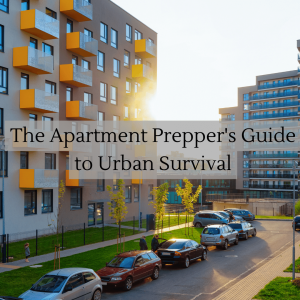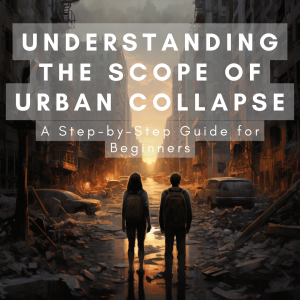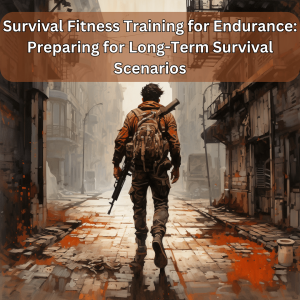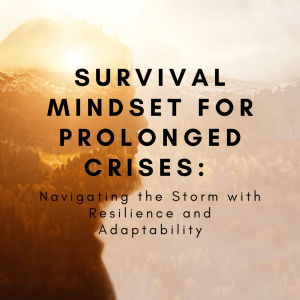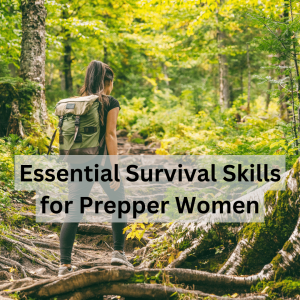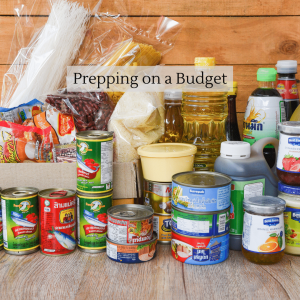In today’s unpredictable world, being prepared for emergencies and potential disruptions has become increasingly important. Prepping, short for preparedness, is a mindset and a lifestyle that focuses on equipping oneself with the necessary resources and skills to navigate challenging situations. Whether it’s a natural disaster, economic downturn, or a global pandemic, having a solid foundation of preparedness can make a significant difference in your ability to protect yourself and your loved ones. In this Beginner’s Guide to Prepping, we will explore the fundamental principles and basics of prepping, offering practical advice on where to start and how to develop a preparedness plan.
Section 1: Getting Started
1.1 Assessing Risks and Needs
The first step in prepping is to identify potential risks and assess your specific needs. Take some time to evaluate the risks that are most relevant to your geographic location, such as hurricanes, earthquakes, or floods. Consider the likelihood and severity of each scenario and prioritize accordingly. It’s essential to identify your specific needs, including food, water, shelter, medical supplies, and communication tools, to tailor your preparations effectively.
1.2 Setting Goals
Once you have assessed your risks and needs, it’s important to set achievable goals. Begin with short-term goals, such as assembling a basic emergency kit, and gradually work towards long-term goals, such as building a sustainable food and water supply. Setting clear objectives will help you stay focused and motivated on your prepping journey.
1.3 Building a Support Network
Prepping is not a solitary endeavor. Reach out to friends, family, or local prepping communities to build a support network. Sharing knowledge, skills, and resources can significantly enhance your preparedness efforts. Collaborating with like-minded individuals will also provide emotional support and encouragement during challenging times.
Section 2: Principles of Prepping
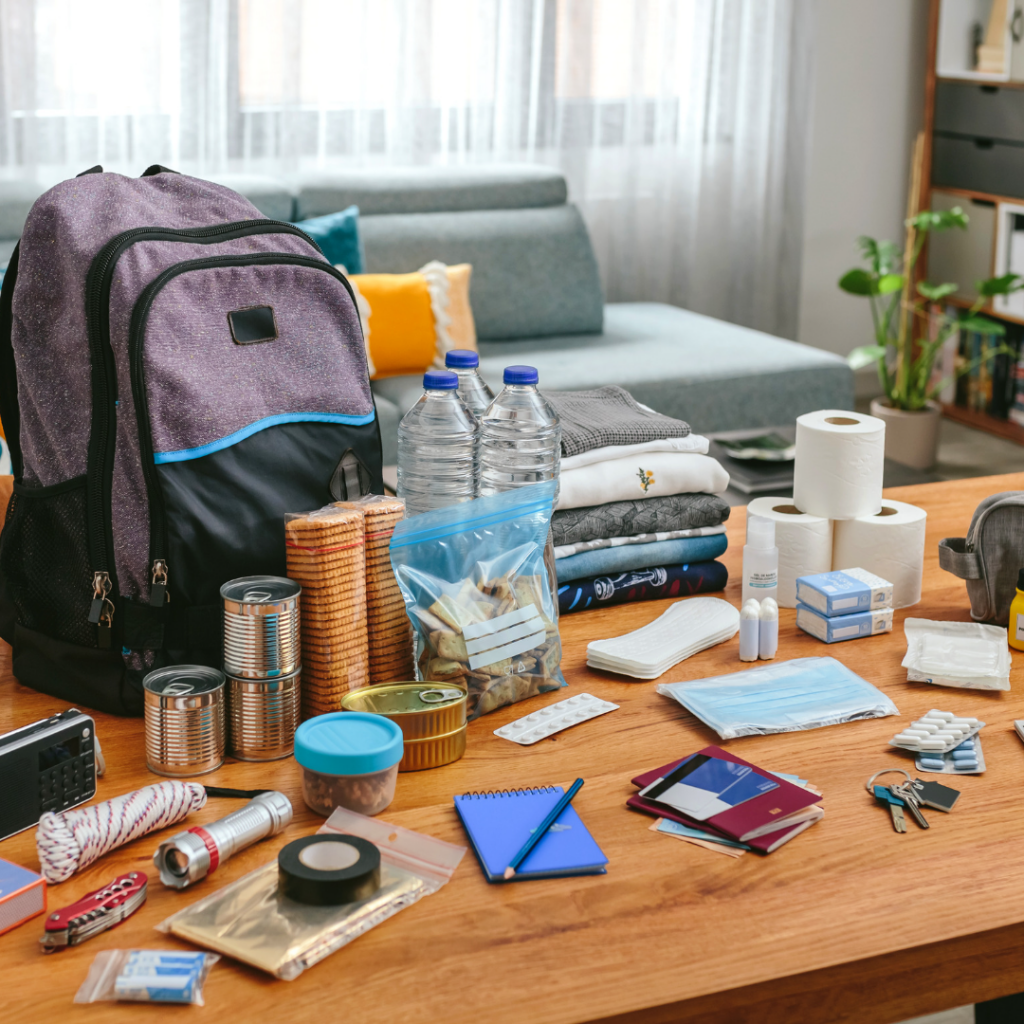
2.1 Food and Water
Food and water are essential for survival during emergencies. Begin by accumulating a two-week supply of non-perishable food items that meet your dietary needs. Opt for canned goods, dried fruits, nuts, and grains with a long shelf life. Rotate your food stock periodically to ensure freshness. Additionally, store a minimum of one gallon of water per person per day for drinking and sanitation purposes.
2.2 Emergency Kits
Every prepper should have a well-stocked emergency kit, also known as a bug-out bag or go-bag. Include essential items like a first aid kit, flashlight, batteries, multi-tool, blankets, and a portable radio. Customize your kit based on your specific needs, such as prescription medications, pet supplies, or infant necessities. Regularly review and update your emergency kit to accommodate changes in your circumstances.
2.3 Shelter and Clothing
Prepare for the possibility of needing alternative shelter during an emergency. Have a tent, sleeping bags, and blankets available, along with warm clothing suitable for different weather conditions. Consider investing in a portable generator or alternative heating sources, like propane or wood-burning stoves, to ensure comfort and safety.
2.4 Financial Preparedness
Financial stability is crucial in times of crisis. Start by setting aside an emergency fund that can cover at least three to six months of living expenses. Diversify your savings and consider investing in precious metals or other tangible assets that retain value. Familiarize yourself with basic personal finance principles and establish a budget to manage your resources effectively.
Section 3: Basics of Prepping
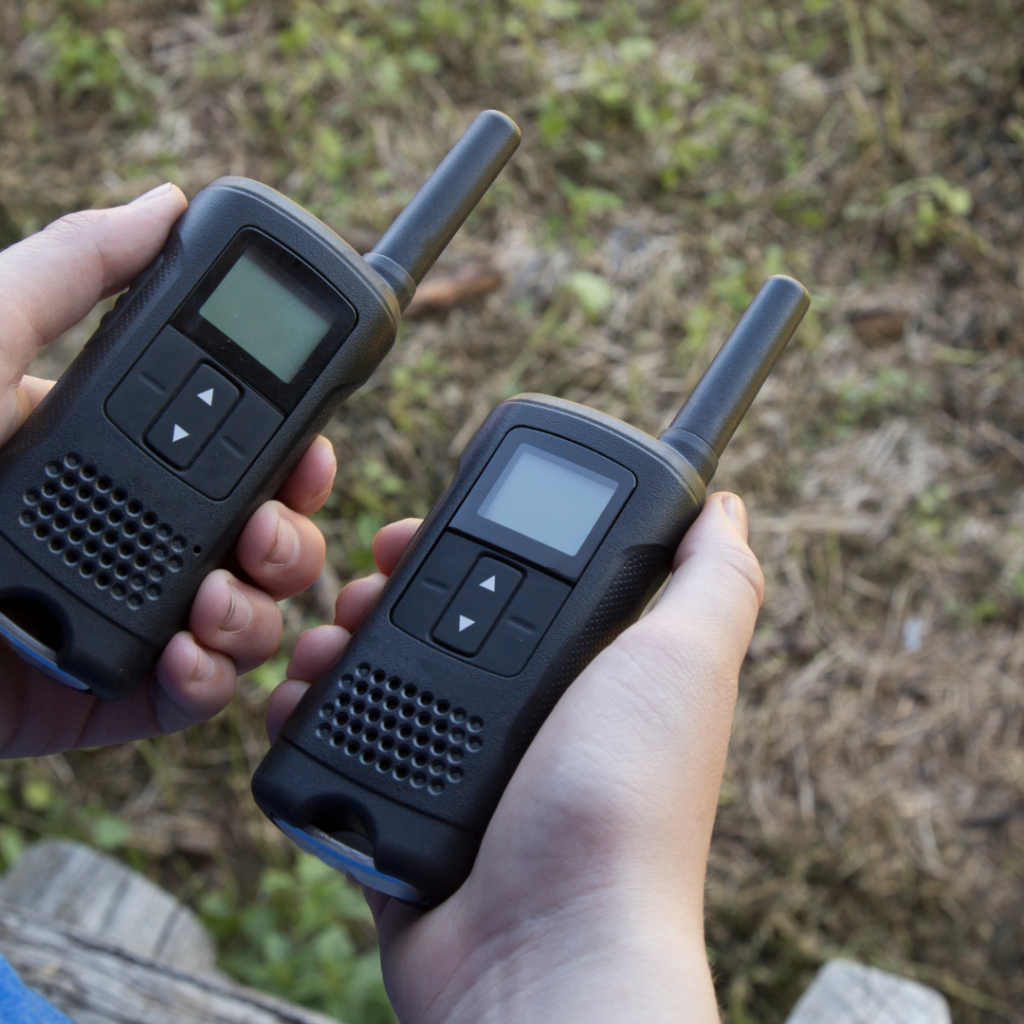
3.1 First Aid and Medical Supplies
Acquiring basic first aid skills and having a well-equipped medical kit is essential in any emergency situation. Enroll in a first aid and CPR course to learn life-saving techniques. Stock up on supplies like bandages, antiseptics, over-the-counter medications, and any necessary prescription medications. Regularly check expiration dates and replace items as needed.
3.2 Communication and Information
Maintaining communication during a crisis is vital for receiving updates, coordinating with others, and accessing critical information. Invest in a reliable battery-powered or hand-cranked radio to stay informed. Consider having backup communication options like walkie-talkies or satellite phones. Store important documents, such as identification, insurance policies, and medical records, in a waterproof and portable container.
3.3 Self-Defense and Personal Security
In situations where law enforcement may be overwhelmed, it’s important to prioritize personal security. Consider obtaining training in self-defense techniques and invest in non-lethal self-defense tools like pepper spray or personal alarms. Safeguard your home with reinforced doors, sturdy locks, and security systems. Remember to always prioritize your safety and avoid unnecessary risks.
Conclusion
Preparing for potential emergencies is not about succumbing to fear, but rather about embracing resilience and self-reliance. By following the principles and basics of prepping outlined in this Beginner’s Guide, you will be better equipped to face unexpected challenges with confidence. Remember, prepping is an ongoing process that requires continuous learning, adaptability, and regular reassessment. Start small, stay focused, and gradually build your preparedness foundation. With each step you take towards becoming more self-sufficient, you increase your ability to protect yourself, your loved ones, and your community in times of need.
